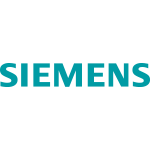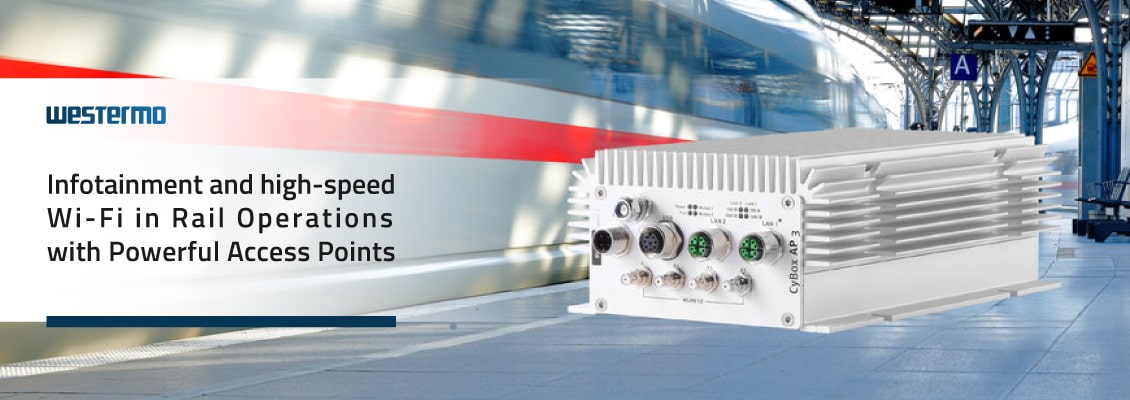
Colibri is the snappy acronym employed by DB Fahrzeuginstandhaltung
GmbH to designate "Coach Link for Broadband Information Exchange." It
serves as a versatile, expandable communication solution, operating on trains,
in buses, at ticket vending machines, stations, and service centers.
The Colibri project, staffed by approximately
40 dedicated individuals, focuses on advancing train digitalization. This
initiative extends beyond mere technological deployment; it encompasses
component installation, conversion, maintenance, and further development.
Colibri's roots trace back to the DB pilot project "Digital im
Regio," which began several years ago. Real-world tests conducted on a
specific rail segment highlighted the practical benefits of railway
digitalization. Since 2015, passengers have accessed the onboard Wi-Fi network.
They can check seat and bicycle stand availability on their mobile devices and
in-train monitors, with precise occupancy rates displayed for each carriage.
The demands for communication systems within
rail transport have significantly surged. Modern passengers expect
uninterrupted mobile device connectivity during their rail journeys. Catharina
Schick, Marketing and Sales Officer for the Colibri product line, notes that
Wi-Fi installation on trains commenced in 2015. Passengers have grown
accustomed to reliable onboard internet access. The importance of connectivity
has progressively become evident to manufacturers and integrators. Colibri aims
to broaden its device and service offerings, emphasizing diagnostics and
security alongside the established entertainment systems.
The move towards digitalizing and optimizing maintenance processes is gaining traction. A growing number of sensors and digital technologies are employed to acquire, monitor, and analyze train condition data, facilitating more efficient and preventative maintenance.
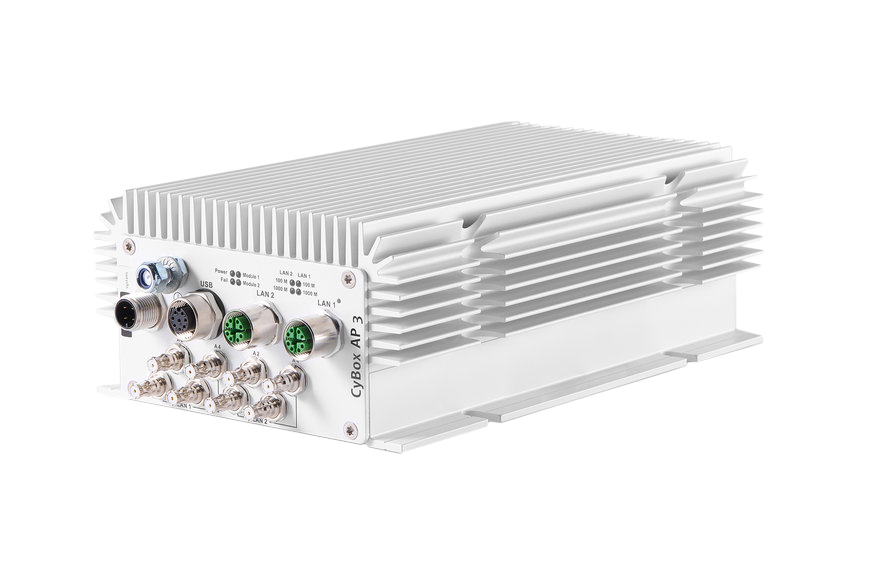
Colibri adds "digital intelligence" to rail vehicles,
enabling diagnostic systems, safety applications, real-time entertainment
content, and travel information. The DB rail network will soon see around 2,000
Colibri systems in operation. Each hardware component connecting to the vehicle
and Colibri is closely monitored.
Westermo Eltec, in addition to the earlier
CyBox AP 2-W generations, now introduces the successor product, the CyBox AP3-W. This third-generation device supports the connection of up to 1,024 mobile
Wi-Fi-enabled devices per access point. The CyBox AP 3-W offers enhanced Wi-Fi
data rates compliant with the Wave 2 standard, featuring MU-MIMO support.
The new access point empowers balanced
bandwidth distribution to all passengers. With two Wi-Fi radios operating in
the IEEE802.11ac Wave 2 standard, it offers data rates of 2 x 1700 Mbps. Wave 2
also incorporates multi-user MIMO (MU-MIMO) for reduced device waiting times,
boosting network speed. Load balancing ensures smart client distribution among
access points, promoting fair bandwidth allocation. As passengers move
throughout the train, fast roaming guarantees seamless connections, with
connected devices shifting between access points without disruptions.
All Wi-Fi access points from Westermo Eltec
offer top-tier security and user-friendliness. A configurable firewall
safeguards individual subscriber data against unauthorized access, supporting
secure data exchange with the internet. The CyBox APs boast flexible
configuration via a user-friendly interface or SNMP commands. Apart from global
parameter adjustments, complete Wi-Fi interface configuration, including
channel selection, SSID, encryption, and firewall settings, is readily
accomplished.
All electronic components in the access points are designed to withstand temperature variations and exhibit resilience to shock, vibration, and humidity. Westermo Eltec developed these devices in line with current industrial and railway standards like EN 50155.
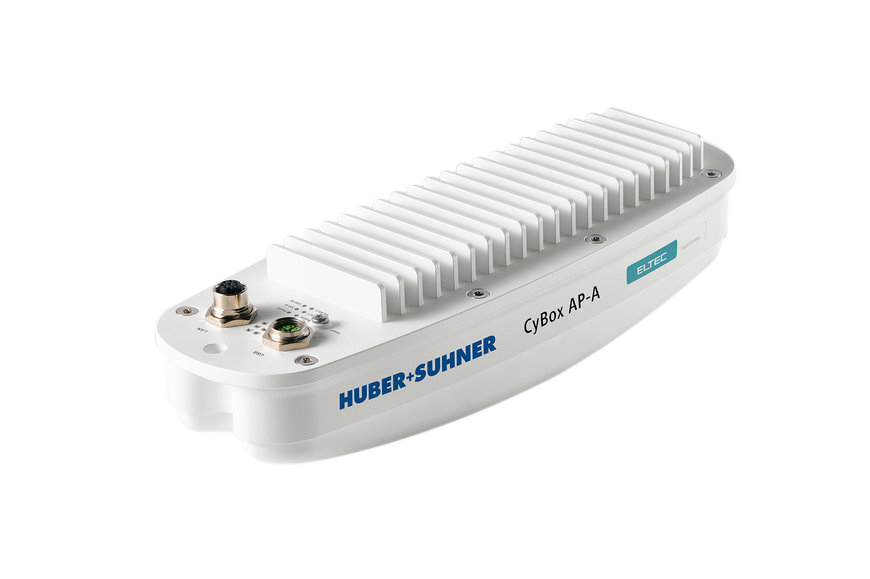
The CyBox AP-A access point significantly enhances data throughput per passenger, delivering a superior onboard Wi-Fi experience. This unit features an integrated SENCITY® Rail antenna, reducing installation costs. Redundant Wi-Fi networks bolster operational reliability, where in case of an access point malfunction, the remaining access points take over, minimizing noticeable bandwidth reductions. The CyBox AP-A access point requires only a single Ethernet cable, which not only provides data connectivity but also delivers power via PoE+. This compact option simplifies installation, eliminating the need for extra antennas or RF cables. The access point can be ceiling-mounted horizontally for dense network coverage or vertically on the wall to expand coverage.
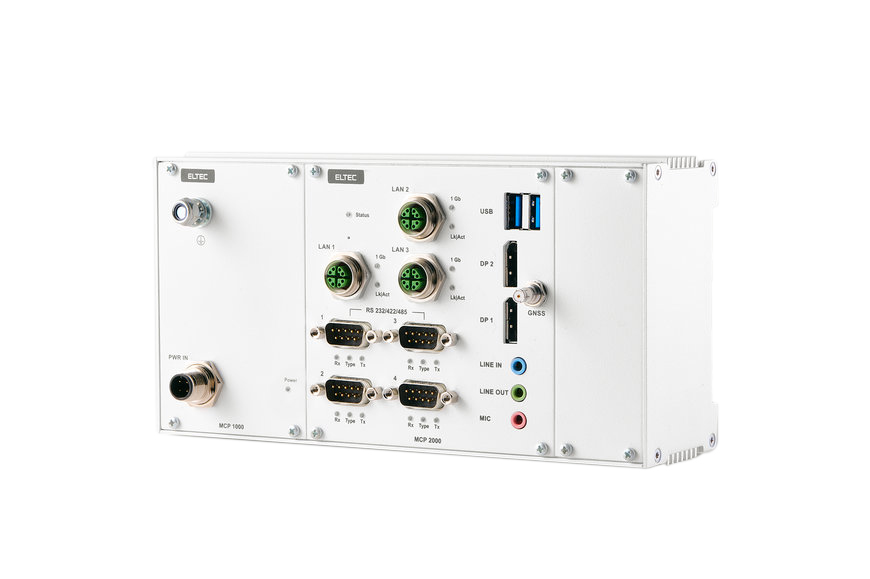
Westermo Eltec's CEO, Marco Gerhard, emphasizes the urgency of
efficiently advancing onboard connectivity and rail infrastructure
developments. The company has introduced the modular computer platform PCEye
MC-R, designed for railway applications and presented to the industry. This
individually configurable BoxPC conforms to the ModBlox7 standard, equipped
with interfaces for Gigabit Ethernet, RS232/422/485, DisplayPort, USB 3.0, and
audio in its basic version. Its modular design allows the addition of up to
seven interface, communication, or mass storage modules. The associated housing
concept supports various mounting options, from top-hat rail to
19"-rackmount.
The modular, scalable, and individually
configurable PCEye MC-R complies with railway standard EN 50155 and functions
maintenance-free within an operating temperature range from -40 °C to +70 °C.
This computing platform serves train manufacturers, railway operators,
integrators, and numerous other industrial sectors where traditional
proprietary BoxPCs were previously deployed. It caters to a range of
applications, including predictive maintenance, voice communications, passenger
information, ticketing systems, IoT gateways, diagnostic systems, edge
computing, and data-based cloud services.
The modular concept accommodates the
implementation of various extension modules to meet specific customer
requirements and functions. Common expansion modules include various Wi-Fi
modules. The radio interfaces are prepared for 11ac Wave 2 and 11ax Wi-Fi 6,
along with integrated Bluetooth and 5G capabilities for enhanced network
efficiency and increased data throughput, allowing for global deployment.
In summary, Westermo Eltec's third-generation CyBox AP 3-W access points enable numerous mobile Wi-Fi-capable devices to connect to the internet onboard passenger trains. Advanced features offer higher data rates with MU-MIMO support, ensuring seamless Wi-Fi coverage and reliable, uninterrupted connections. The advancement in rail technology has made relaxed train travel, complete with onboard internet access, an indispensable part of many passengers' journeys. Westermo Eltec's suite of IT products, including access points, gateways, modules, and a computer platform, promises new solutions and practical testing in the rail sector, offering passengers an even more comfortable, productive, and relaxed travel experience in the future.
Featured Products
*For any further information please contact us via info@rockford-qatar.com.
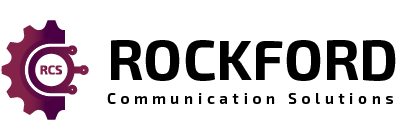
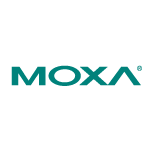
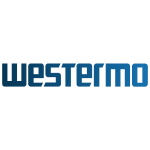


-150x150.png)

